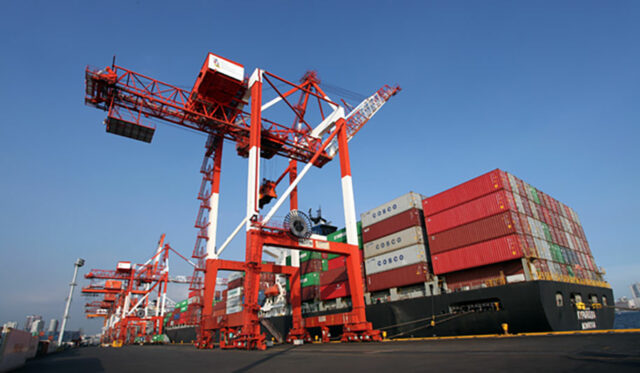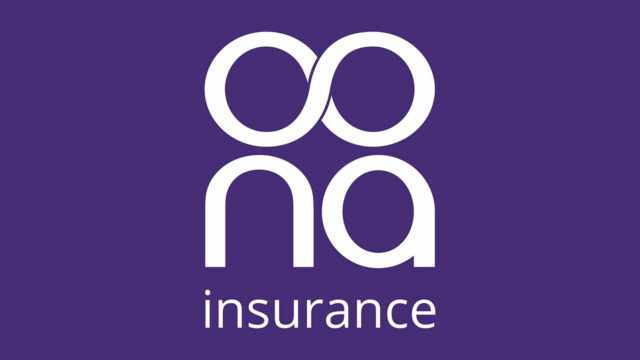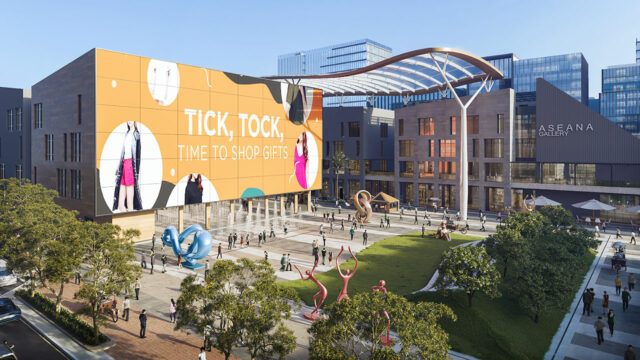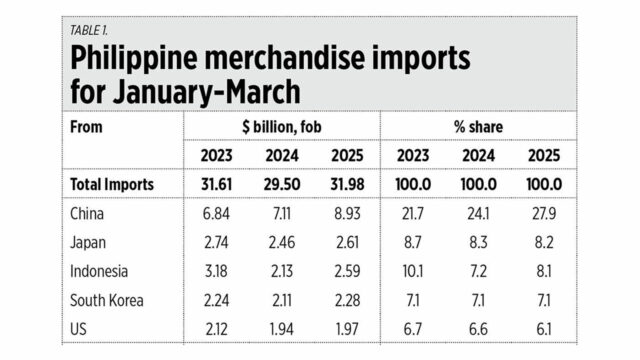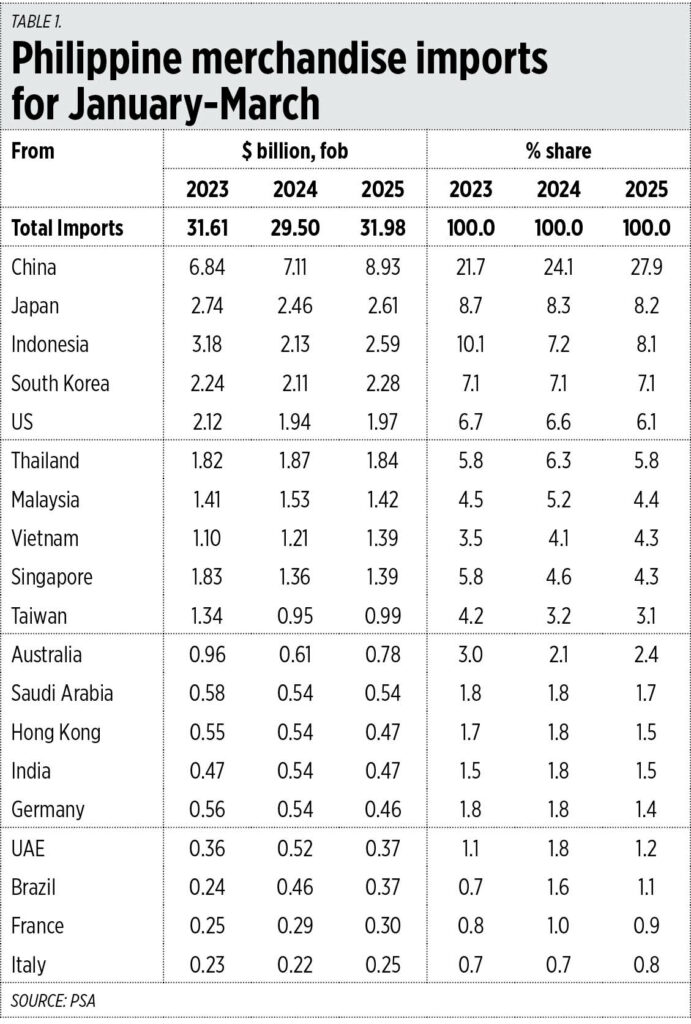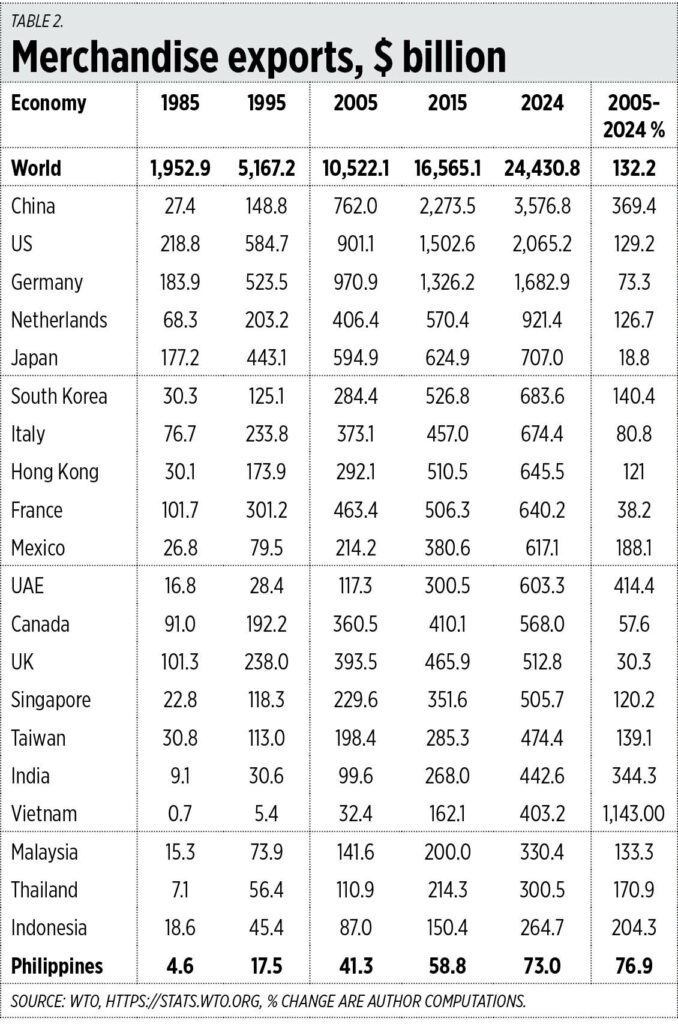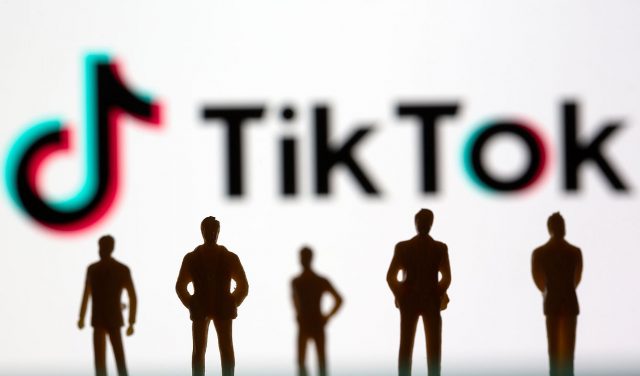Dining In/Out (05/15/25)
Solaire Resort North marks its first year
SOLAIRE RESORT NORTH is celebrating its first anniversary, marking a year since its grand opening on May 25, 2024, with special dishes, treats, and a relaxing break throughout May. There is its First Anniversary Room Offer, which includes a staycation and a buffet breakfast for two at Fresh. The celebration weekend kicks off as international DJs Afrosideral and Hallex M bring beats to Skybar on May 24 and 25 from 10 p.m. to 1 a.m. Guests can then indulge in cocktails at Skybar during an exclusive bar takeover by mixologists Gab Figueroa and Lawrence Gabriel on May 25 from 6 p.m. to midnight. As for the restaurants, guests can enjoy special dishes which will be available on May 24 and 25 for P1 with a minimum spend of P525. These dishes are: a steak at Finestra, sisig at Manyaman, a milkshake at Trattoria e Dolci, a mini cake at the Lobby Lounge, and a dessert at Café Mangrove. Happier happy hours await during the anniversary weekend with unlimited drinks at the Pool Cafe on May 24 and the Dragon Bar on May 24 and 25. At Skybar, select guests will be treated to a complimentary Macallan shot. Lucky Noodles will offer a First Anniversary Meat Platter for P1,111 on May 25. At Yakumi, the Sunday Brunch on the same day features a live tuna cutting for the anniversary celebration. Guests can enjoy this for P3,588 with non-alcoholic beverages or P4,888 with alcohol. On June 7 and 8, Solaire Resort North presents “Finding Your North,” its first grand celebrations expo. This event brings together top-tier planners, creatives, and industry leaders in one place, helping visitors plan dream weddings, a milestone birthday, or an intimate gathering. For further details, visit sn.solaireresort.com/solaire-north-anniversary, call 8888-8888, or e-mail sn.reservations@solaireresort.com.
The Manila Hotel celebrates May
IN CELEBRATION of the colorful Pahiyas Festival, Café Ilang-Ilang pays tribute to Quezon Province. Ongoing until May 31, diners can indulge in a buffet featuring regional specialties such as Pako Salad, Hardinera, Lucban Longganisa, Kulawong Puso ng Saging, Adobo sa Puti, Pancit Habhab, Ginisang Santol, Nilupak, Kalamay, and Tayabas Bonete. These dishes, among others, will be served on rotation during the lunch and dinner buffet. Meanwhile, the Art Gallery bursts into bloom as renowned artist Manuel Baldemor returns with a floral-themed collection. Following his contemplative Kuwaresma series, Mr. Baldemor’s Flowers of May exhibit captures the joy and color of Flores de Mayo through vibrant depictions of flowers in his signature style. The exhibit runs until May 31. Admission is free. Spice up the season with a month-long Cinco de Mayo celebration. The Lobby Lounge and Tap Room serve up Mexican-inspired à la carte dishes including Mexican Grouper Ceviche, Pan Fried Beef Tortilla, Mexican Pizza, Grilled Mexican Chicken Burger, and Nachos and Dip. Tequila-based cocktails complete the celebration, available throughout the month of May. Satisfy sweet cravings and cool down with The Manila Hotel’s “summer delight” line-up of sweet treats such as Buko Halo Halo, Tropical Banana Split, Mango Delight, Minatamis na Saging and Mantecado Sorbetes, Kit Kat Crêpes, and Dreamy Drizzle (a decadent 10-scoop ice cream with assorted toppings such as barquillos and chocolate candies). Guests can also enjoy Korean-style Bingsu in Strawberry Cheesecake, Mango Graham, and Tiramisu, available at the Lobby Lounge and Pool Bar until May 31. To mark the traditional Dragon Boat Festival, Red Jade presents a limited-time selection of machang — glutinous rice wrapped in bamboo leaves and filled with flavorful ingredients. Options include Red Rice with Red Bean, Red Dates with Lotus Seed, Salted Egg with Pork and Mushroom, and Baby Abalone with Black Mushroom. Prices start at P200. These savory delicacies are available until the end of the month. For inquiries, call 8527-0011 or 5301-5500, e-mail info@themanilahotel.com, or visit www.manila-hotel.com.ph.
Kaokee launches Milo Dino Ice Cream Sandwich
KAOKEE has turning the Milo Dinosaur into another Singaporean street treat: an ice cream sandwich. It’s made with a block of vanilla ice cream on a slice of rainbow bread, with a heaping sprinkle of Milo powder on top. The Milo Dino Ice Cream Sandwich will be available at Kaokee Jupiter (located inside Belamy House on Jupiter Street, Makati City) and Kaokee Cornerhouse (at P. Guevarra corner Recto, San Juan City), for P220. Have it as a dessert after sampling Kaokee’s Singapore hawker-style cooking — from Hainanese Chicken, Hokkien Chicken, Claypot Rice, and Bak Kut Teh. To know more, follow Kaokee on Facebook and Instagram @kaokee.ph. For exclusive perks and deals, diners may sign up to become an McW Eats Member.





